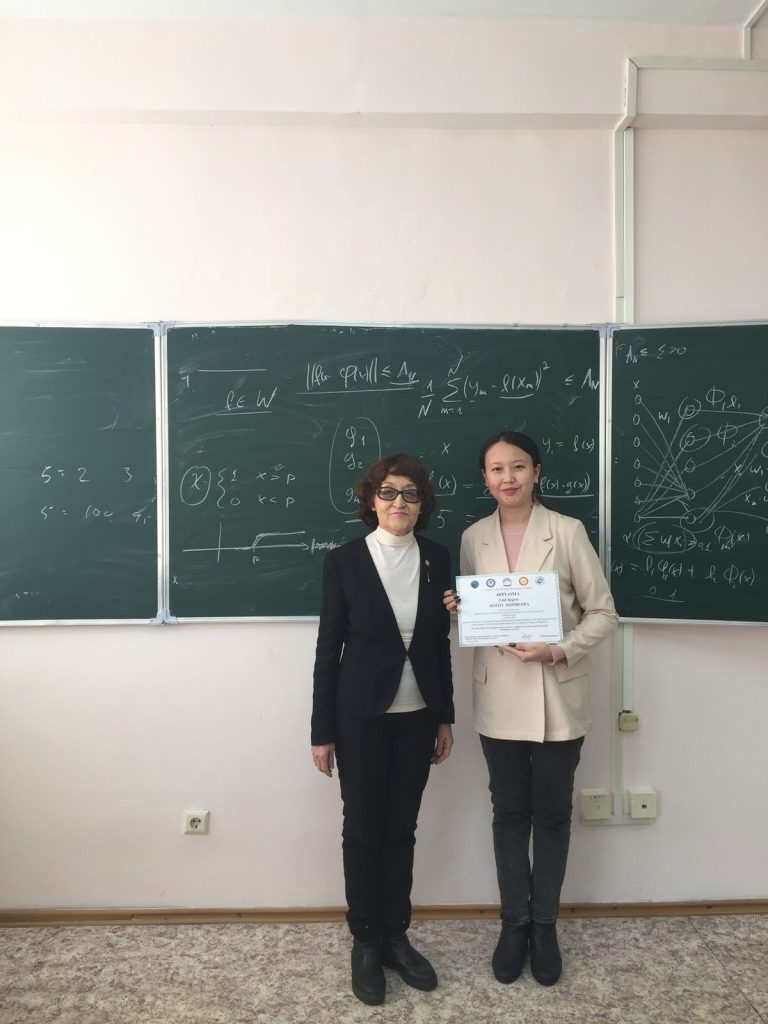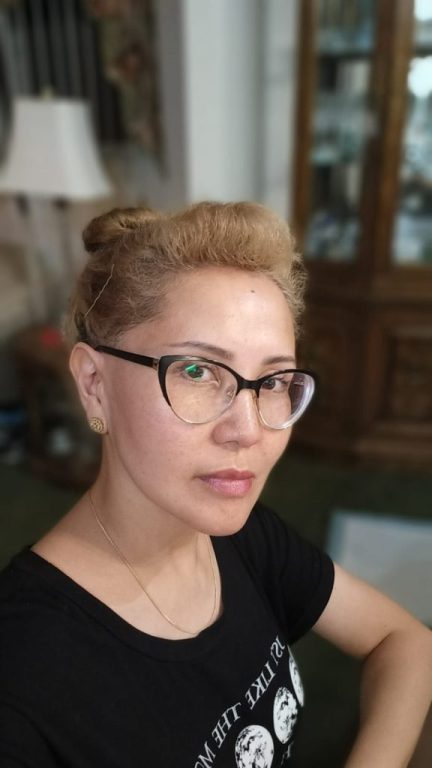Events




Annual International Conferences
International Conference of Central Asian Woman in Mathematics Association “Actual problems in Mathematics and Mechanics in Central Asia” for Region of Central Asia
The second Regional Meeting (International Conference) ICCAWAM-2018 “Actual problems in Mathematics and Mechanics in Central Asia” for Region of Central Asia (Kazakhstan, Uzbekistan, Kyrgyzstan, Turkmenistan, Tajikistan) on October 25-26, 2018.
Distinguished speakers (all confirmed coordinators of regional countries in Central Asia):
© COPYRIGHT 2024 cawma.org | wacademy.io
Participation in the ISSS 2025:
The exploration of the Moon's far side and poles requires advanced communication and navigation systems, with orbits around the Earth-Moon L2 point being critical. Artificial periodic orbits, enhanced by solar sail technology, offer fuel-free, long-lasting solutions but face challenges in trajectory control due to the Sun's shifting position. Existing methods for orbit formation lack efficiency, adaptability, and robust integration with solar sail parameters. This paper develops novel computational techniques for transitioning spacecraft from natural orbits (e.g., halo or Lyapunov) to artificial ones, optimizing flight time and accuracy. The approach addresses key challenges, advancing sustainable orbit control for future Moon missions.
This research focuses on developing optimal transfer strategies for solar sail-equipped spacecraft transitioning from natural orbits, such as halo and Lyapunov, to artificial orbits in the Earth-Moon system. The study addresses two optimization problems: maximizing insertion accuracy (max-ia) and minimizing flight time (min-ft), employing Pontryagin’s maximum principle to derive the Hamiltonian function, equations of conjugate variables, boundary conditions, and transversality conditions for each criterion.
Artificial orbits, critical for lunar exploration and communication systems, require precise trajectory control due to the dynamic Sun position relative to the Earth-Moon system. Solar sails enable fuel-free operation, leveraging sunlight for propulsion, but their efficiency depends on the sail's design parameters, such as the reflection coefficient. The analysis identifies three primary factors affecting the minimum flight duration to artificial orbits: the energy of the reference orbit, the phase position difference between the spacecraft and the target point, and the spacecraft's initial phase position. The spacecraft's energy and orbital state are characterized by the Jacobi integral, while phase position differences depend on temporal offsets between the spacecraft and the target.
For resonant orbits, minimum flight duration occurs when the Jacobi integral value of the reference orbit matches the target orbit's average, the phase position difference is zero, and the spacecraft's initial phase position aligns optimally. These conditions yield efficient trajectories and control variable adjustments, depicted in trajectory and control diagrams. Conversely, for cylindrical orbits, optimal conditions are achieved when the reference orbit's Jacobi integral exceeds the target orbit's average, with specific phase position differences and initial spacecraft positioning.






